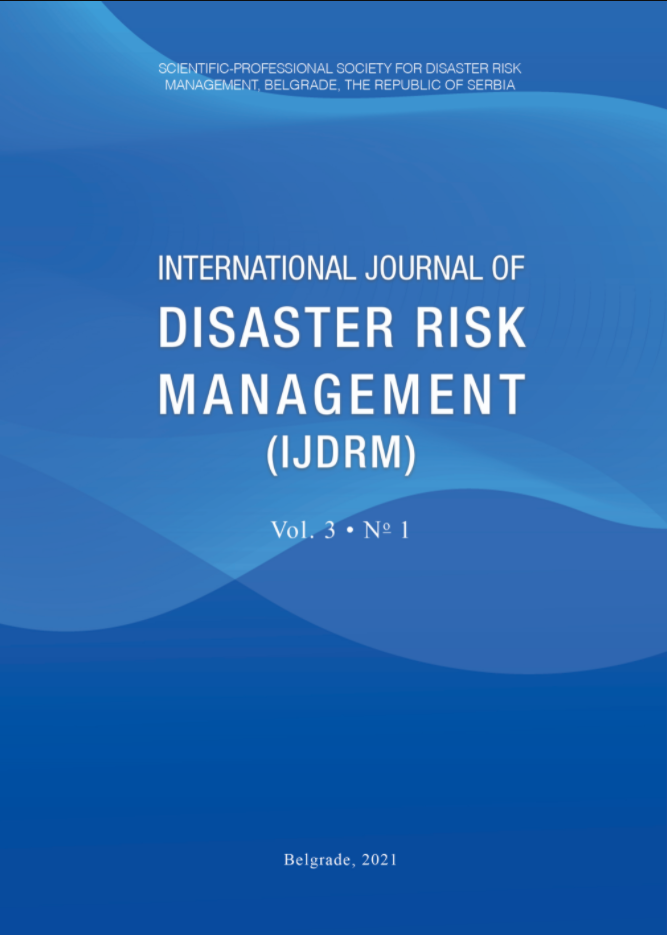Flood Vulnerability Assessment by Flood Vulnerability Index (FVI) Method: A Study on Sirajganj Sadar Upazila
Flood Vulnerability Assessment by Flood Vulnerability Index (FVI) Method: A Study on Sirajganj Sadar Upazila
Author(s): Mst. Airen Aktar, Kanij Shohani, Md. Nazmul Hasan, Md. Kamrul HasanSubject(s): Politics / Political Sciences, Philosophy, Social Sciences, Geography, Regional studies
Published by: Naučno-stručno društvo za upravljanje rizicima u vanrednim situacijama
Keywords: Vulnerability; Flood Vulnerability Index; Exposure; Susceptibility; Resilience
Summary/Abstract: Flood is one of the most common and extreme hazards in Bangladesh because of its geographical location. Sirajganj is a district with the highest flood propensity in Bangladesh. The study aims to evaluate the vulnerability in the ten Unions of Sirajganj Sadar upazila to the flood hazard. Different forms of vulnerability evaluation approaches differ in their method. The Flood Vulnerability Index (FVI) method has been implemented in this research to determine flood vulnerability in order to classify which areas of the study are the most vulnerable to flooding. For the study of flood vulnerability, three indicators (i.e. exposure, sensitivity and resilience, etc) are selected in four dimensions (social, financial, environmental and physical). The FVI calculation determines the flood vulnerability index scores for each union. Following the analysis of FVI, in Sirajganj Sadar Upazila Mechhra union is marked as being highly vulnerable. Since this union is very poor in adaptability, coping capacity and resilience; exposure and susceptibility are greater. The other syndicates are highly exposed to floods. Finally, the zoning map for flood risk was developed on the basis of vulnerability index ratings.
Journal: International Journal of Disaster Risk Management
- Issue Year: 3/2021
- Issue No: 1
- Page Range: 1-14
- Page Count: 14
- Language: English

